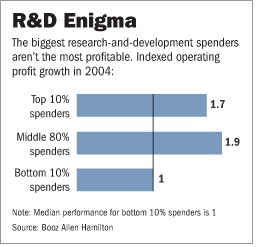Editorial page advice from the budget minister of France:
The choice of nuclear power dates back to the end of World War II. With insufficient fossil fuel reserves, our country very early on invested in energy alternatives. The two oil crises of the ’70s convinced us to accelerate the construction of facilities to produce safe and economically profitable nuclear energy. That strategy paid off: In 30 years, France’s energy independence has risen from 30% to 50%. While turning toward nuclear energy might have seemed unusual 60 years ago, I believe that it was an especially visionary choice. The development of nuclear energy enabled us to meet several objectives: energy independence and security of supply, and competitive, stable energy prices. This nuclear option is also an economic and commercial asset for our country, whose capabilities in this cutting-edge area are world-renowned. (p. A20)
JEAN-FRANCOIS COPE. "Energy a la Francaise." The Wall Street Journal (Weds., October 5, 2005): A20.




